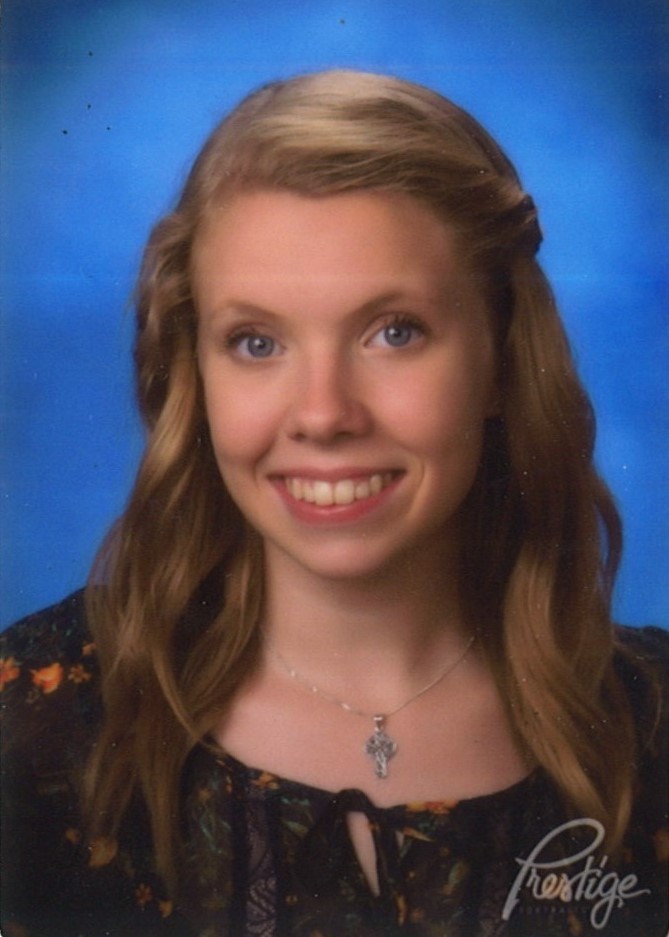Celebration of Scholars
Improving Neurite Outgrowth in Strokes Using a Cell Culture Model
 Name:
Elizabeth Casey
Name:
Elizabeth Casey
Major: Neuroscience and Biology
Hometown: Kenosha
Faculty Sponsor:
Other Sponsors:
Type of research: SURE
Funding: SURE
 Name:
Maya Murzello
Name:
Maya Murzello
Major: Neuroscience
Hometown: Appleton
Faculty Sponsor:
Other Sponsors:
Type of research: SURE
Funding: SURE
Abstract
Stroke, the fifth leading cause of death in America, results in astrocytes becoming reactive and forming a glial scar surrounding the area of dead neurons. While the glial scar acts to protect the healthy part of the brain, it also prevents healthy neurons from repairing the dead tissue by inhibiting neurite regeneration.The focus of the research was to further understand neurite outgrowth using a neuroblastoma cell culture model. To induce differentiation, N2a neuroblastoma cells were exposed to either different concentrations of retinoic acid added at various time points in the cell's life cycle, serum starvation, or a combination of both. The retinoic acid was added over a period of two days. The results suggest that serum starvation and the addition of retinoic acid increases neurite length and outgrowth. Specifically, serum-starved N2a cells in Fetal Bovine Serum exposed to high concentrations of retinoic acid at plating showed the highest percentage of differentiated cells. The conditions found to best differentiate N2a cells can aid future research in developing treatments in which the brain will repair connections lost through neurite regeneration. The long term goal of the project is to improve patient recovery after stroke by improving neurite outgrowth.
Submit date: March 15, 2017, 12:21 p.m.
